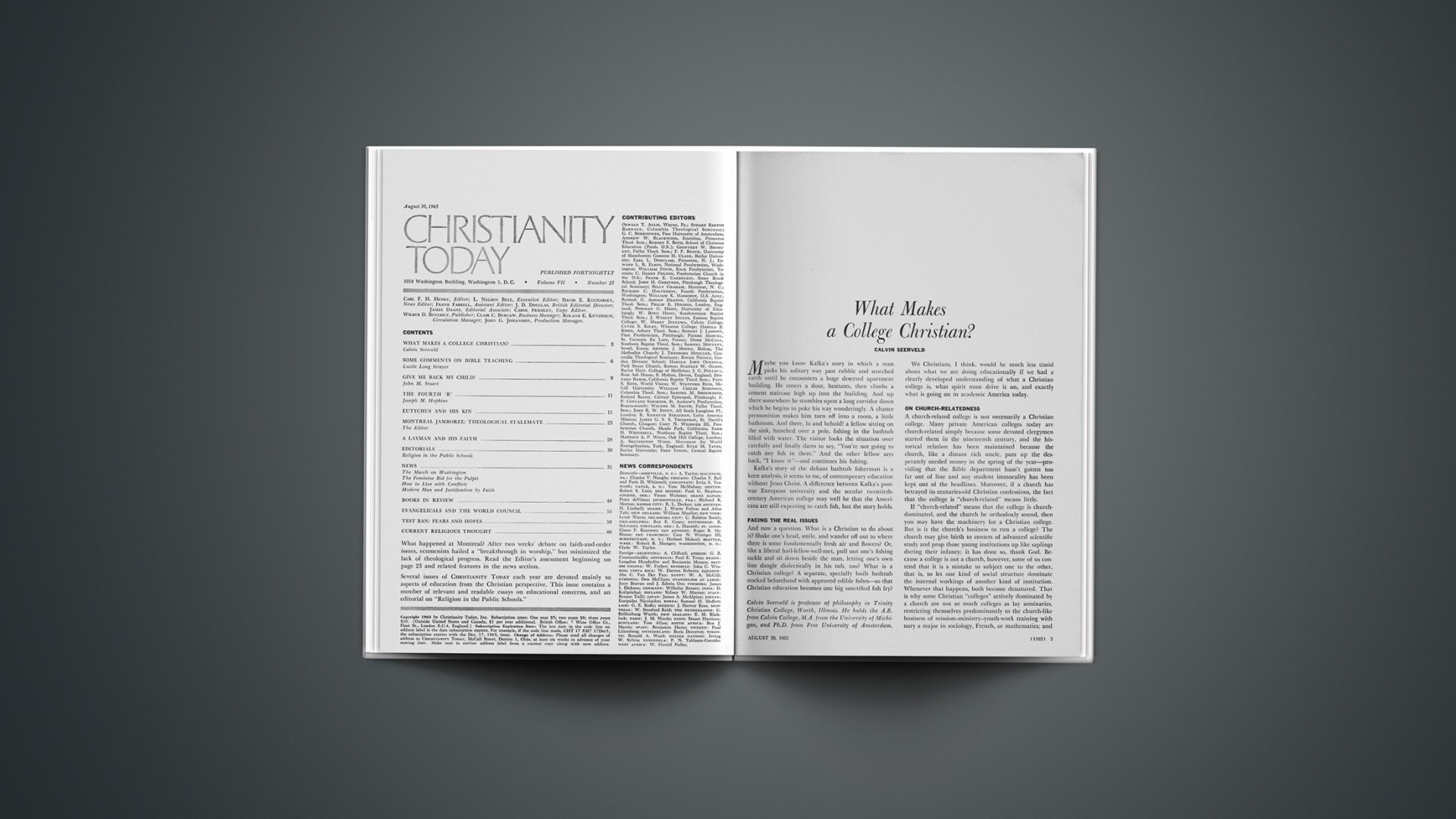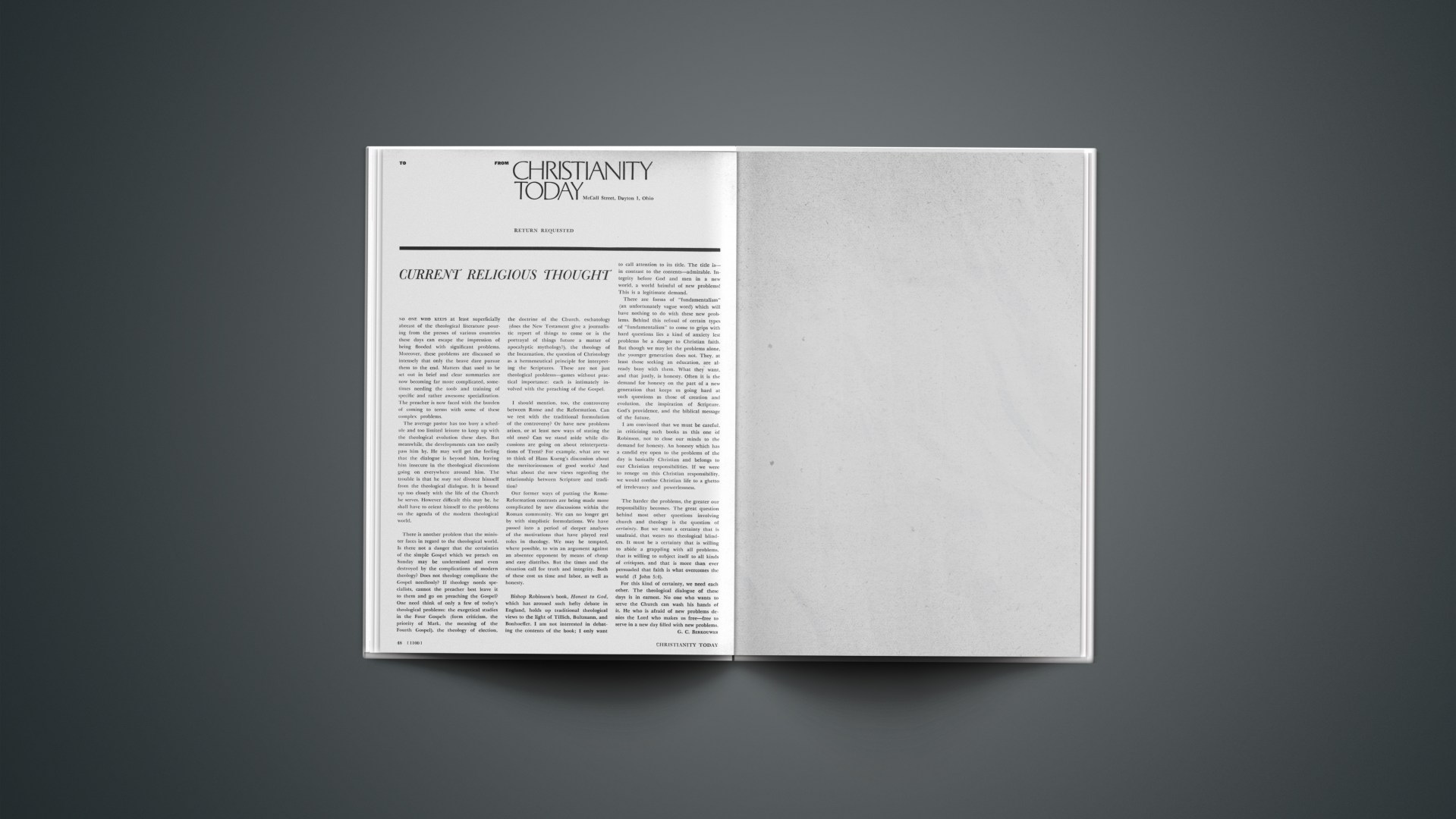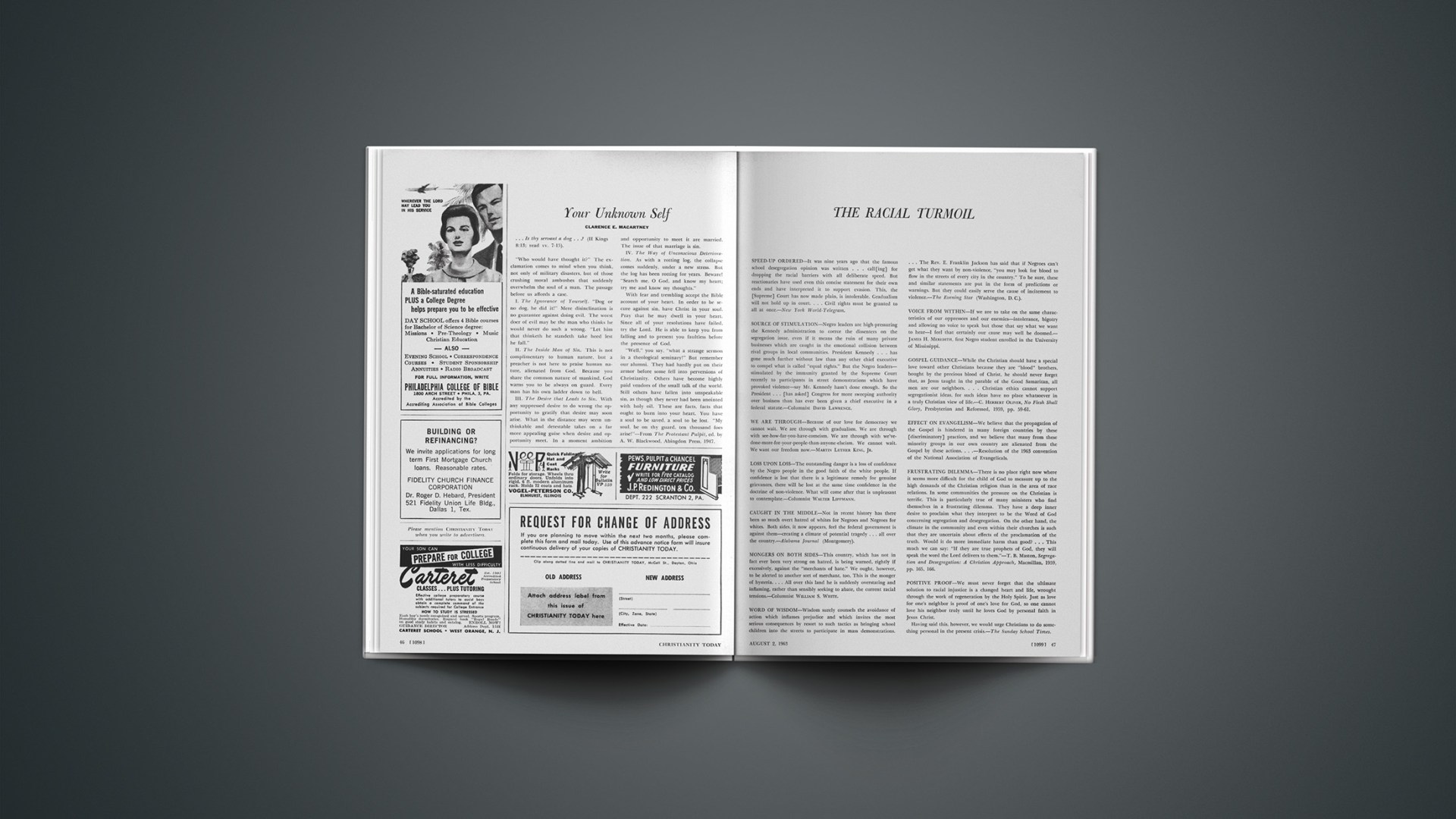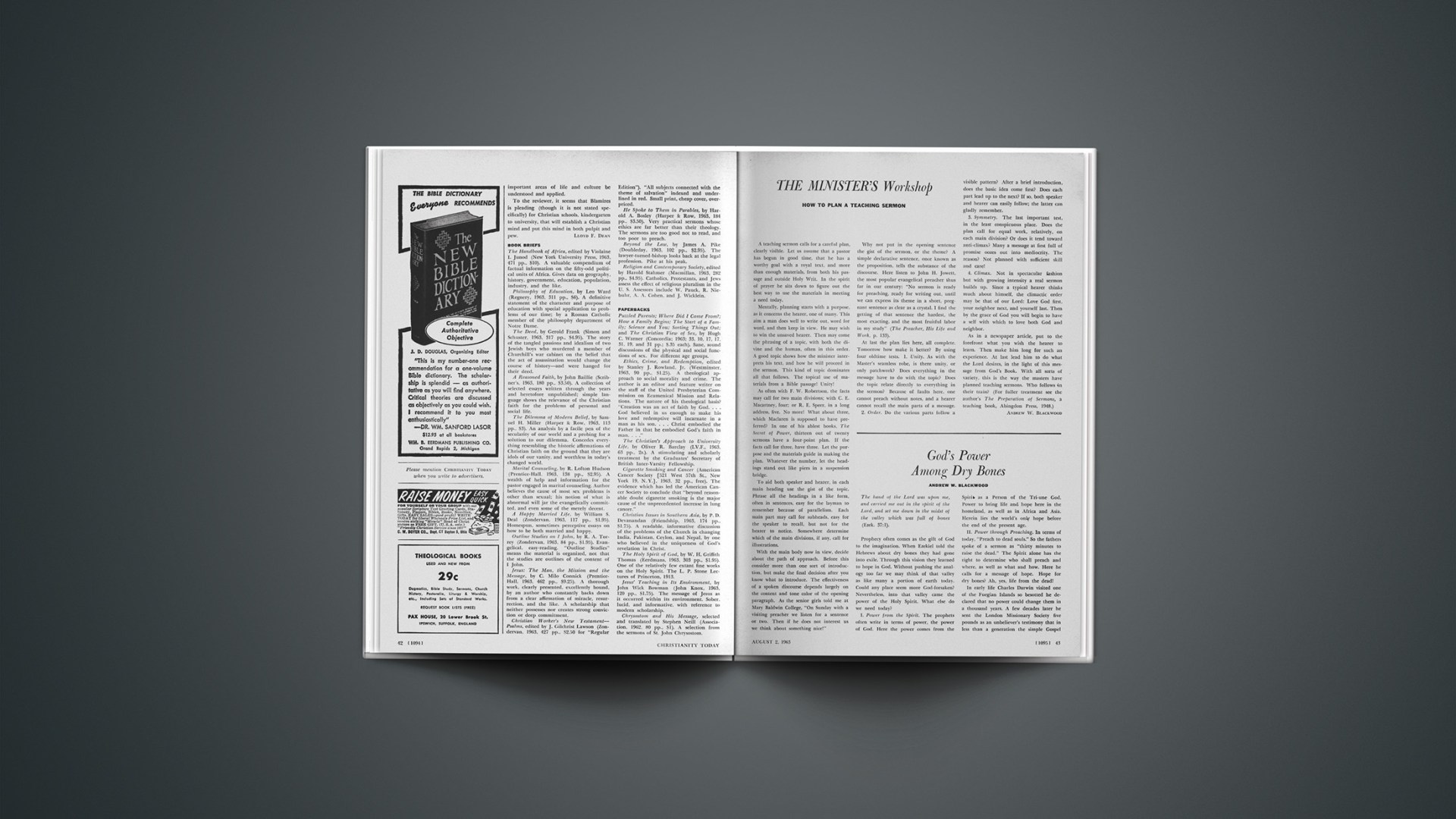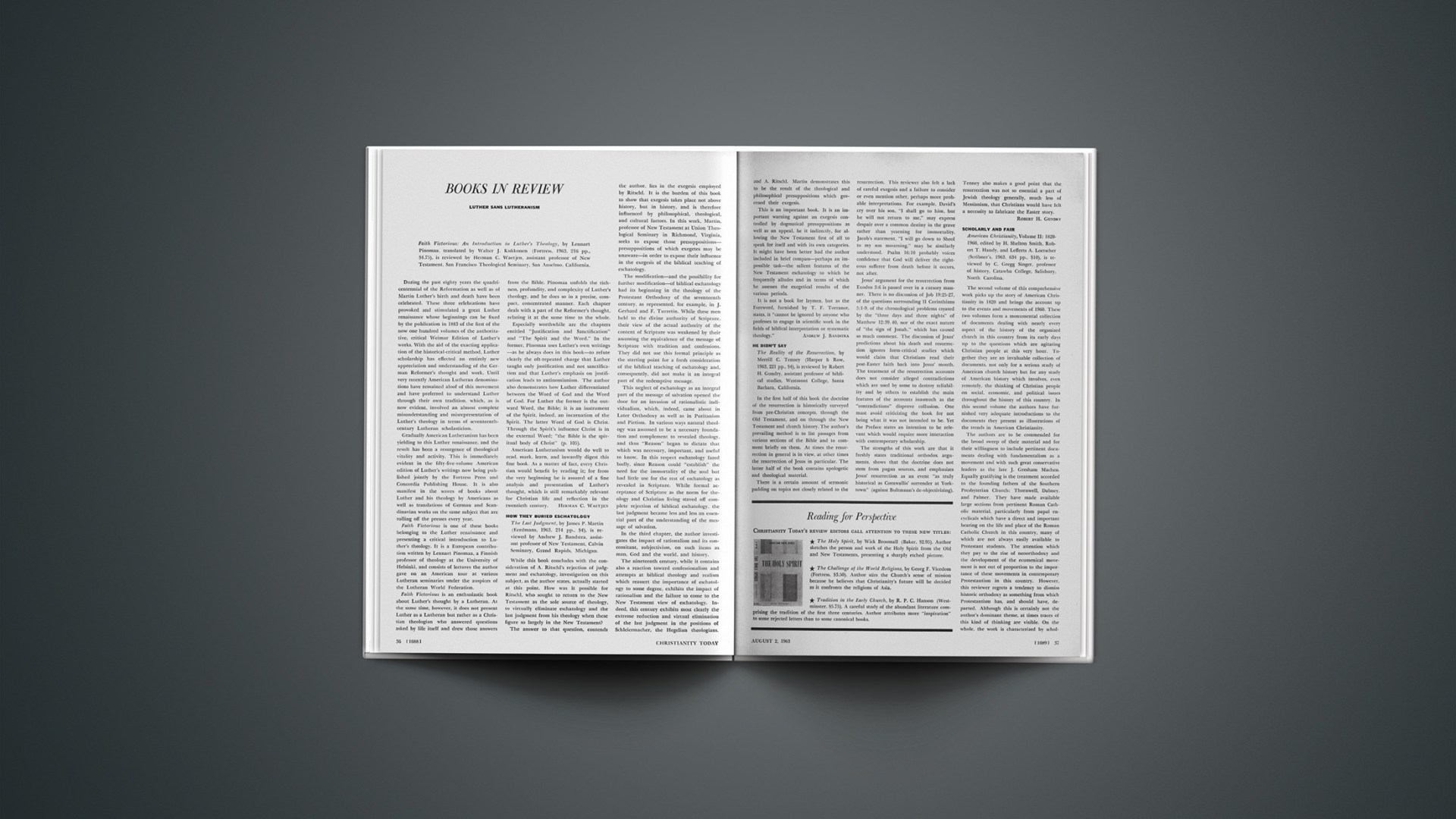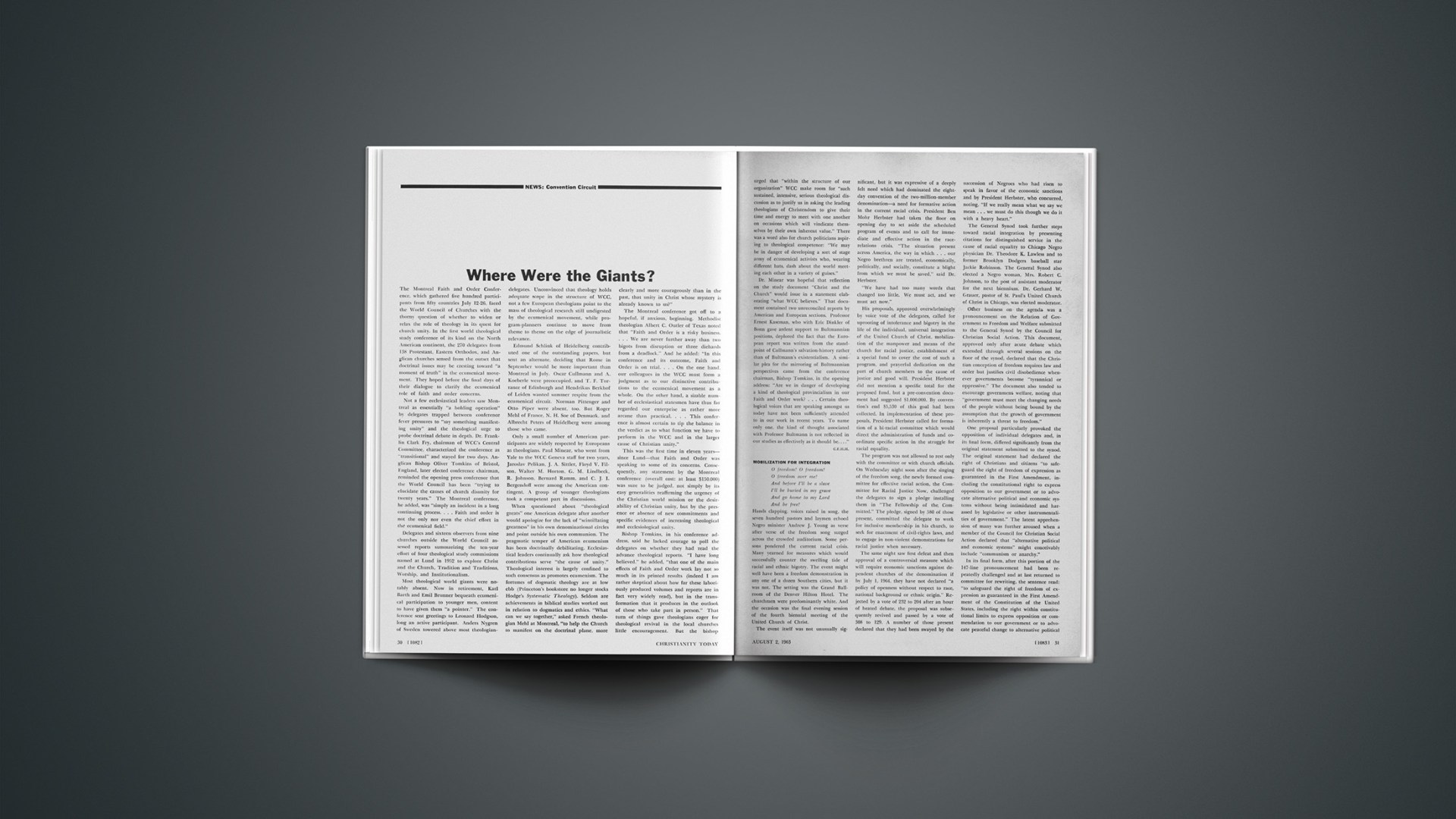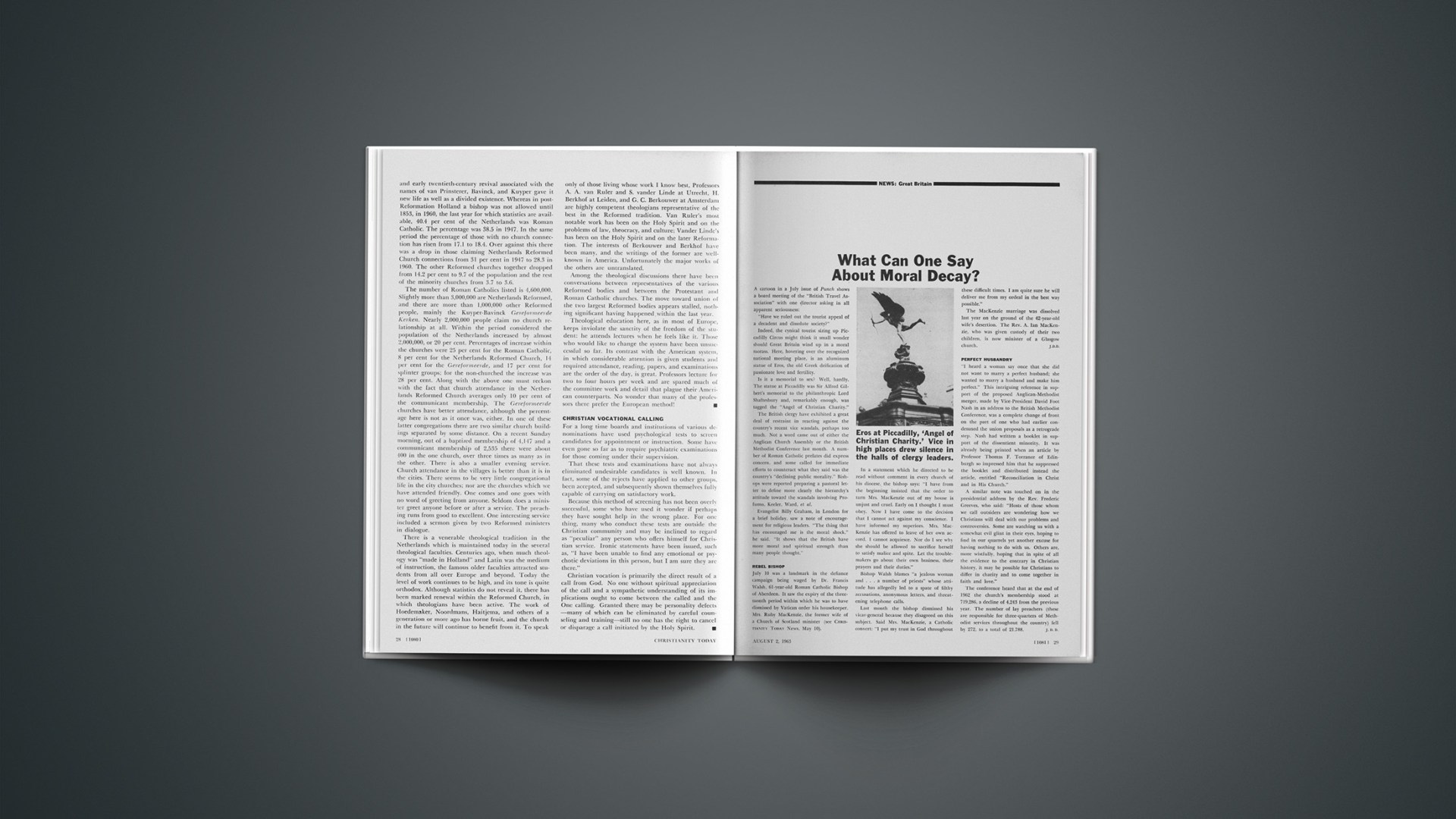I should like to introduce you to an American bathtub, latest model, advertised as “The Revolution in Philosophy.” This is the bathtub in which all young Anglo-American philosophy majors are fishing today.
Philosophy must be “positive,” it is said; that is, “unbiasedly scientific,” not fouled in theological myths or capricious metaphysical assumptions, but straight methodical analysis of observable facts. Most significant of observable facts is the language we use, a universally public vehicle of thought. “Undogmatic,” “purely objective” philosophy at its “best,” then, will be logical analysis of language. Philosophy’s proper business is not to demand assent to certain assertions but merely to detachedly make clear the propositions men utter, and to discard formulations of thought that are found nonsensical by simple rules of logic or are found theoretically unverifiable by direct sense-observation: only what meets these criteria can be meaningful, “true.”
Students schooled in philosophy know with what prejudice this peculiar conception of philosophy approaches problems of knowledge and morality. They detect here perhaps the design of David Hume with his sense-tight Scottish skepticism which would suspend judgment on certain basic matters (such as the source of his original philosophical principle [An Inquiry Concerning the Principles of Morals, Liberal Arts Press, 1957, p. 47 n. 1]), yet dogmatically burn as “sophistry and illusion” all books not containing mathematical reasonings or experiential scientific descriptions of matters of fact (An Inquiry Concerning Human Understanding, Liberal Arts Press, 1957, p. 173)—which would include burning the Bible. The cult of language this philosophy prospers stems mostly from the enigmatic work of Ludwig Wittgenstein, who believed language to be the key of knowledge that unlocks the meaning of reality.
It used to be said that Logic would save us: get people to think straight, and the ills of mankind—such as world wars—will begin to go. Now that cogito (logical thought), which Descartes chose as the Archimedian point to move the world, has simply been moved a notch to dico (scientific speech). For twentieth-century thinkers to trust that exact Speech will mediate our practical ills is no less foolish than the seventeenth-century rationalists’ following their phantasmagoria. Unambiguous speech is indeed requisite for intelligent communication, but clarity does not necessarily entail agreement, a fortiori not a saving solution.
Extreme epigones of this so-called analytic philosophy blasphemously if sophisticatedly deny the possibility of a meaningful Christian faith. For example, since prayer cannot be scientific speech, abba! it can only be an emotive gush! The pity of it all is this: philosophical analysis is nominalistically pulled back one more step from wrestling with the critical issues of concrete reality and diverted from many of the most significant philosophical problems. Legitimate investigation of the related meanings and functioning of human lingual, logical, and mathematical activities has here been absolutized, and thereby philosophical enterprise has been reduced and distorted to the technical speciality of semantics, arbitrarily loaded and defined as method, too. Therefore, this ruling philosophy, like some of the worst contemporary art, is so taken up with its media—words—that it seldom gets around to saying anything much worthwhile in the media.
If this kind of inverted sophistry takes over departments of Christian colleges trying so hard to be respectably indigenous—and it is doing so in some places—Christian education will be hurt hard for years to come. What sort of fish can you catch if your horizons are confined to this type of bathtub? Does not philosophy here become something like a game of blowing bubbles? Elegant logical bubbles which shimmer for a few pages of a philosophy journal and then go poof! And then you blow another beautiful bubble. This fashionable bubble game shows the insufferable ennui of brilliant minds facing a dead end.
What we Christian teachers and students, as teachers and students, can do for Kafka’s fisherman and the bubble blower is, like an uninvited Guest, invite them down from their empty upper room to visit us where we fish, in God’s Great World Bay—where the water is choppy all right, but rainbows like halos surround the sky.
I doubt whether Kafka’s fisherman will want to fish in our bay right away. As Augustine would say, he has grown so accustomed to his own dark hole he wishes no other. And he cannot, he can not see rainbows in the sky. We can point them out to him, but only the Holy Spirit is able to reveal to him what it all means.
As we examine our Christian colleges the concern must be not how successful we are at catching fish, but this: that we have been obediently fishing together in His creation, re-forming for Christ’s sake—that we are obediently doing it when He comes.



